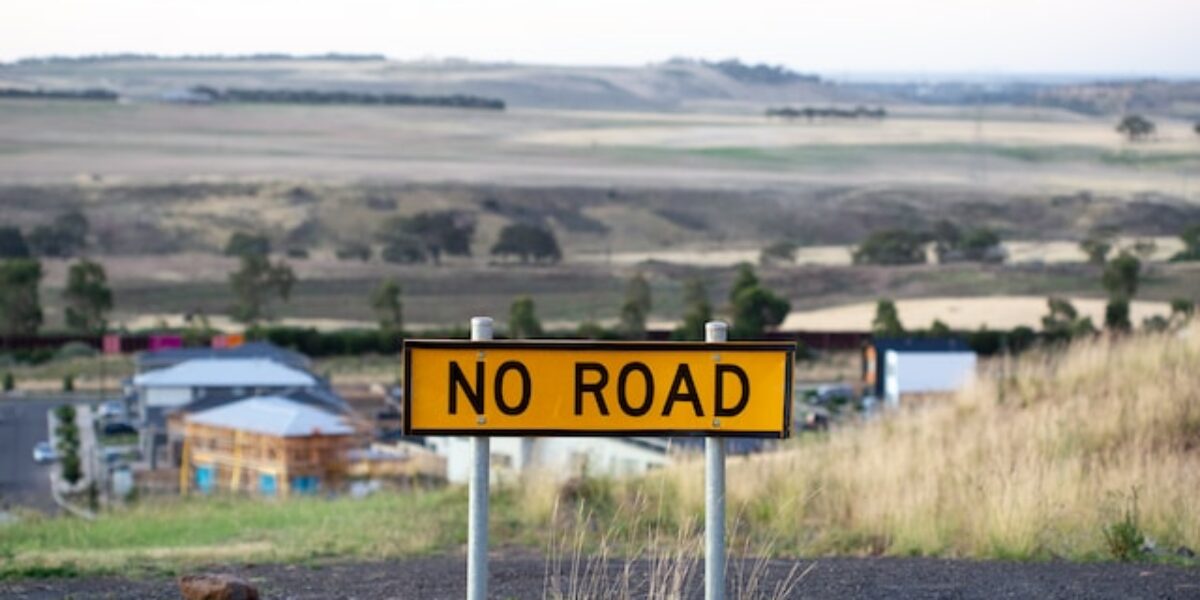On the surface
Crumbling road surfaces cause record costs for motorists
We are all too aware of the pothole problems on our roads.
Just last week the AA announced that they have dealt with the damage from a new surge in potholes.
Wet weather during August is blamed for the step change in problems, as pothole-related vehicle breakdowns required the company’s services. Surface water hid highway defects according to their report.
The AA said it received 48,994 callouts last month to vehicles stranded due to faults likely caused by potholes. This is 13% more than in August 2022 and means 2023 is on track to be one of the worst years on record for pothole-related breakdowns.
Emergency service
Councils are struggling to deal with the pothole issues, largely due to cuts in budgets and services over the last 13 years of austerity. But councils are also skipping crucial preventative road maintenance according to the latest data provided by the government.
Analysis of the figures by the RAC shows the miles of road resurfaced, or given life-extending surface treatments, has dropped to the lowest number in five years.
Just 1,123 miles of road received attention.
Surface dressing in particular suffered. It is a preventative maintenance process designed to reseal roads and help defer the longer-term requirement for full resurfacing. However, just 3,551 miles of road were treated last year compared to 5,345 in 2018. That represents a 34% reduction.
The RAC’s head of policy Simon Williams says the government figures show increasing decline that is costing motorists more. He says the facts “paint an incredibly stark picture of road maintenance in England and confirm our worst fears about the overall decline in the state of the country’s roads”.
There has been extra government cash to fill potholes, but this is generally trying to patch up emergency issues wit the roads. As Williams points out, it’s the reduction in preventative works that is to blame and continues to stack up huge problems and increasing costs up the road. It seems a little like the building issues about crumbling concrete – they were warned about, exposed, then ignored for years. Now the problems are far worse, costs higher and with worse effects on the the public. Potholes and crumbling tarmac are not just an uncomfortable inconvenience, they are dangerous too.
“It’s abundantly clear that councils in so many areas are barely scratching the surface,” continues Williams. “The fact that such a large proportion haven’t done any surface dressing or resurfacing at all over a 12-month period really does say it all”.
Half-way houses
Back in March this year the Asphalt Industry Alliance ‘ALARM’ report calculated the backlog in spending required to bring UK roads up to scratch to be over £12 billion. However the RAC alleges this figure is “somewhat skewed towards full resurfacing and more could be done to improve driving conditions using more cost-effective surface treatments”.
The cost of surface dressing is £5 per square metre, compared to £30 per square metre for conventional asphalt resurfacing, it says. According to the chief executive of the Road Surface Treatments Association, Paul Boss, surface dressing can extend the working life of roads by three or four times.
“There has never been a more important time to undertake preventative maintenance, say Boss. “The preventative dressing on ‘Green’ and ‘Amber’ carriageways will keep them in a safe and serviceable condition, enabling authorities to manage their ‘Red’ roads that require high investment maintenance solutions such as complete resurfacing or reconstruction (recycling).”
This can save money, time, inconvenience and potentially, lives.






